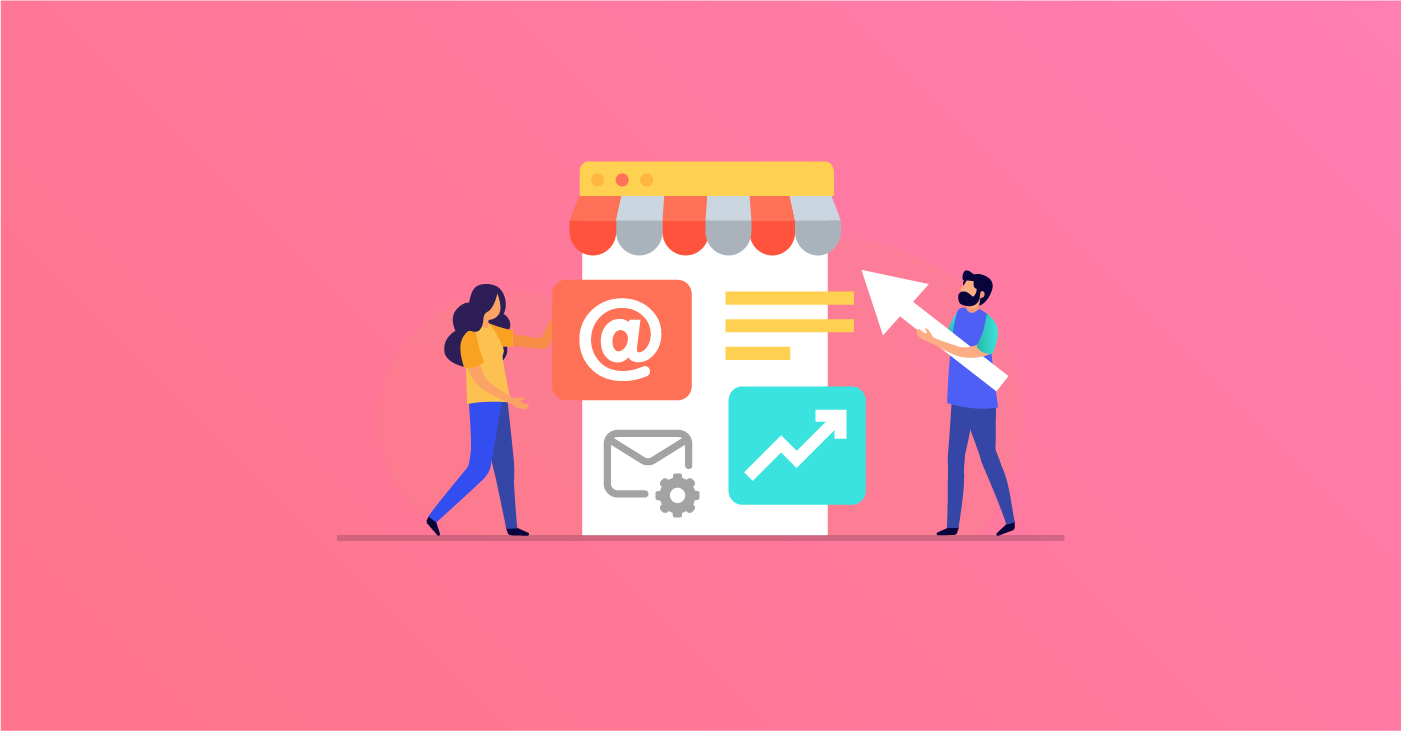Headless Commerce Vs Traditional E-Commerce. What’s The Difference?
April 7, 2022 4 min read

The world is speeding up. What seemed unthinkable yesterday is now commonplace. And the world of eCommerce is evolving as well — competition is escalating, as are customer demands.
People are examining many more criteria before buying anything from anyone online. It’s no longer just about providing the right goods at the appropriate price, it’s about user experience.
In eCommerce, headless commerce is being termed as the ‘star of the show’ these days because it offers a “positive user experience” in many factors. Here is a detailed guide about headless commerce and how it can turn the tables for your business.
What Is Headless Commerce?
The term headless commerce refers to an eCommerce platform or solution that decouples the front-end from the back-end. For the non-technical users out there, this basically means that you have a lot more control over your eCommerce platform and can more easily manage lots of inventory or site changes without breaking your customers’ user experience (or impacting your sales).
Large companies with complicated business regulations and ordering processes are more likely to be interested in headless eCommerce platforms than smaller businesses. They may also have a number of other systems that must seamlessly interact with the eCommerce platform, which makes headless commerce a necessity.
How Is Headless Commerce Different from Traditional eCommerce?
When front-end developers use a traditional eCommerce platform, they’re bound by that solution’s front-end architecture. They would have to alter the database, the code, and the front-end if they wanted to change the data or the user experience, making even the tiniest modification a major commercial risk.
Headless eCommerce allows front-end developers to construct an entirely new design that fits business needs without worrying about updating the database on the backend.
Traditional eCommerce platforms also provide a predefined user experience for both end-users and administrators, often in the form of preset templates or themes. With headless commerce, the sky’s the limit — both front-end and back-end developers can design a custom platform that meets all of the interconnected needs of the business.
The Competitive Advantage of Headless Commerce
There are a number of competitive advantages to using headless commerce, from enhanced security for customer data to a smoother purchasing experience. Look at Amazon as an example: when you shop and make a purchase on Amazon, everything happens in the same place from within your account. You log in, shop around (whether on desktop or mobile), make your selection, process your payment, and track your order in one place — no need to use multiple apps or check out other platforms to get the info you need.
What you don’t see as a consumer is what’s happening on the backend, because Amazon uses a headless architecture. On the frontend, everything is consistent and seamless. On the backend, Amazon’s IT team is making daily updates to its infrastructure, with no interruptions to your experience on the site.
Making the Switch to Headless Commerce
Making the switch to headless commerce is a huge step, and you have to pick a platform that fits your demands and scales with your company’s growth. Are you looking to create differentiated commerce experiences? Do you have a dedicated IT team to manage a more complex infrastructure? Do you need the ability to rapidly scale? If yes to these questions, headless commerce might be a good fit.
If you’re a direct-to-consumer (D2C) brand, multinational brand, large internet merchant, or seller across multiple channels, you’re a great candidate for a headless commerce platform. If you need additional PCI compliance or don’t fall into one of the categories listed above, headless commerce is probably not the ideal choice for your company.
If you are ready to make the switch, here are some tips.
Set your budget
There is the upfront cost of your headless commerce solution, but there are other costs to consider like implementation support, transaction/credit card fees, third-party integrations, and hosting.
Educate your team
Many people in your company may be unfamiliar with the concept of headless commerce, or their perceptions may differ from yours. Influence adoption in your favor by sharing the benefits and potential of making the switch.
Consider your front-end options
Frontend-as-a-service, digital experience platform, and bespoke build are three basic types of frontend “head” options. Choose which type of frontend is appropriate for you based on the size of your business, the skillset of your team, and the number of products and stores you have.
Conclusion
As you know, in eCommerce, your customer comes first. They fuel your revenue, drive profits, and spread brand awareness through their loyal patronage. If you’re a big brand (or growing rapidly), your customer is far more likely to stick around if you’re following in the footsteps of eCommerce giants and adopting a headless architecture.






